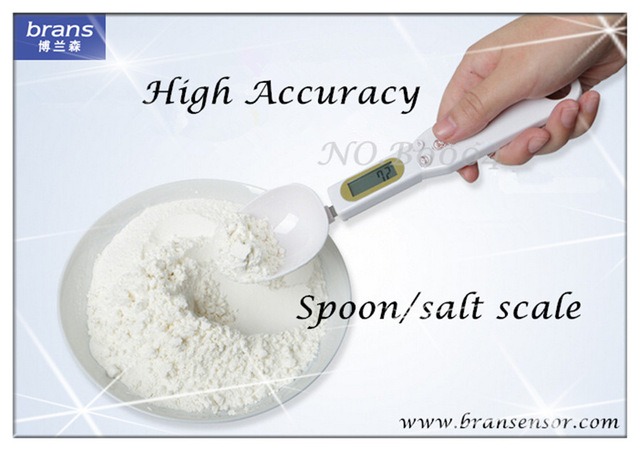Everyday Foods Add Up to Major Salt Problems
Ten food types, including bread, account for the higher risk of heart disease, stroke, the report says.
Americans still eat way too much salt, and much of it comes from dietary staples, for example, bread, cheese, poultry, and pasta, U.S. health officials reported Tuesday.
A U.S. Centers for Disease Control and Prevention report said 90 percent of Americans consume too much salt every day.
Ten types of foods account for 44 percent of salt utilization, the CDC researchers said. These include bread and rolls; cured meats and deli meats; pizza; fresh and processed poultry; soups; cheeseburgers and different sandwiches; cheese; pasta dishes, for example, spaghetti with meat sauce; meat dishes such as meatloaf with tomato sauce; and salty snacks, for example, pretzels, popcorn, and chips.
An excessive amount of salt, the major source of dietary sodium, can raise blood pressure, which is connected to heart disease and stroke.
“Heart disease and stroke are leading causes of death in the United States (New York) and are largely dependent on the high rate of high blood pressure, and something that is driving our blood pressure up is that most adults in this country eat or drink about twice the amount of sodium recommended,” CDC director Dr. Thomas Frieden said during a noon press conference Tuesday.
“Reducing sodium over the food supply can increase consumer choice, is possible, it can save thousands of lives and billions of dollars in health care costs each year,” Frieden added.
As indicated by the report, reducing sodium by 25 percent in those 10 food types could help prevent 28,000 deaths each year and save $7 billion in health care costs. The overall salt intake would decline by 10 percent.
Because some of these foods, for example, bread, are eaten sometimes a day, salt consumption adds up, even though an individual serving is not high in sodium.
“Cooking fresh food at home is the best ideal approach to lower sodium,” said Samantha Heller, a dietitian and clinical nutrition coordinator at the Center for Cancer Care at Griffin Hospital in Derby, Conn.
For their appraisals, CDC specialist relied on information from a 2007-2008 nutrition study of more than 7,000 Americans aged 2 years and older.
The investigators found that 65 percent of every day sodium comes from food bought in stores, and 25 percent from restaurant meals.
Excluding salt included at the table, the normal American consumes around 3,300 milligrams of sodium every day — significantly more than the 2,300 milligrams recommended by the U.S. Dietary Guidelines.



Facebook Comments